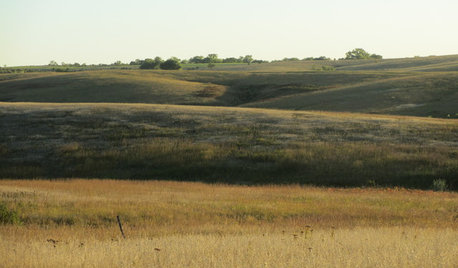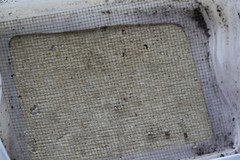Disturbing the worms - What's the harm?
homeinametronome
11 years ago
Featured Answer
Comments (20)
mr_yan
11 years agomendopete
11 years agoRelated Professionals
Birmingham Landscape Architects & Landscape Designers · Montgomeryville Landscape Architects & Landscape Designers · Signal Hill Landscape Architects & Landscape Designers · Wareham Landscape Architects & Landscape Designers · McKinney Landscape Contractors · Peabody Landscape Contractors · Surprise Landscape Contractors · Alpharetta Landscape Contractors · Cordele Landscape Contractors · Edinburg Landscape Contractors · Natick Landscape Contractors · Quartz Hill Landscape Contractors · Anderson General Contractors · Noblesville General Contractors · Sheboygan General Contractorsequinoxequinox
11 years agoJerilynnC
11 years agoequinoxequinox
11 years agohomeinametronome
11 years agoShaul
11 years agoJerilynnC
11 years agohummersteve
8 years agoT Richards
8 years agohummersteve
8 years agoIowa Worm Composting
8 years agoT Richards
8 years agoIowa Worm Composting
8 years agoT Richards
8 years agolast modified: 8 years agoIowa Worm Composting
8 years agoT Richards
8 years agohummersteve
8 years agolast modified: 8 years agoIowa Worm Composting
8 years ago
Related Stories

GARDENING FOR BIRDSWhat to Know About Birds Nesting in Your Yard
Learn how to observe, record data and help ornithologists with NestWatch’s citizen science project understand bird trends
Full Story
GREEN BUILDINGBuilding Green: How Your Home Ties Into Its Community
You can reduce your environmental footprint in a number of ways. Here are some ideas to consider when deciding where to live
Full Story
FARM YOUR YARDHow to Get Good Soil for Your Edible Garden
The nutrients in your soil feed the plants that feed you. Here are tips on getting it right — just in time for planting season
Full Story
GARDENING AND LANDSCAPINGBid Bad Garden Bugs Goodbye and Usher In the Good
Give ants their marching orders and send mosquitoes moseying, while creating a garden that draws pollinators and helpful eaters
Full Story
GARDENING GUIDESGet on a Composting Kick (Hello, Free Fertilizer!)
Quit shelling out for pricey substitutes that aren’t even as good. Here’s how to give your soil the best while lightening your trash load
Full Story
LANDSCAPE DESIGN15 Great Ideas for a Lawn-Free Yard
End the turf war for good with hardscaping, native grasses and ground covers that save water and are easier to maintain
Full Story
FALL GARDENING7 Reasons Not to Clean Up Your Fall Garden
Before you pluck and rake, consider wildlife, the health of your plants and your own right to relax
Full Story
FARM YOUR YARDHow to Grow Vegetables in Containers
Get glorious vegetables and fruits on your patio with a pro’s guidance — including his personal recipe for potting mix
Full Story
GARDENING GUIDESInvite Mining Bees to Your Garden by Planting Their Favorite Plants
Look for mining bees (Andrena) pollinating woodland wildflowers in U.S. gardens this spring
Full Story
GARDENING GUIDESHow to Get Your Prairie On
Have a field day with your landscape, even if you've got just a few modern containers on a paved path
Full StoryMore Discussions







sbryce_gw